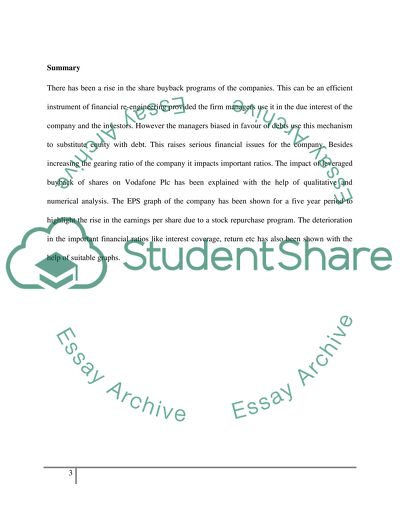Cite this document
(“The buying back of shares by companies is a dangerous financial Essay”, n.d.)
Retrieved from https://studentshare.org/environmental-studies/1413150-the-buying-back-of-shares-by-companies-is-a
Retrieved from https://studentshare.org/environmental-studies/1413150-the-buying-back-of-shares-by-companies-is-a
(The Buying Back of Shares by Companies Is a Dangerous Financial Essay)
https://studentshare.org/environmental-studies/1413150-the-buying-back-of-shares-by-companies-is-a.
https://studentshare.org/environmental-studies/1413150-the-buying-back-of-shares-by-companies-is-a.
“The Buying Back of Shares by Companies Is a Dangerous Financial Essay”, n.d. https://studentshare.org/environmental-studies/1413150-the-buying-back-of-shares-by-companies-is-a.


